The best way to walk the entire length of Manhattan
Team Groove has some pro tips for your tip-to-toe Manhattan walk.
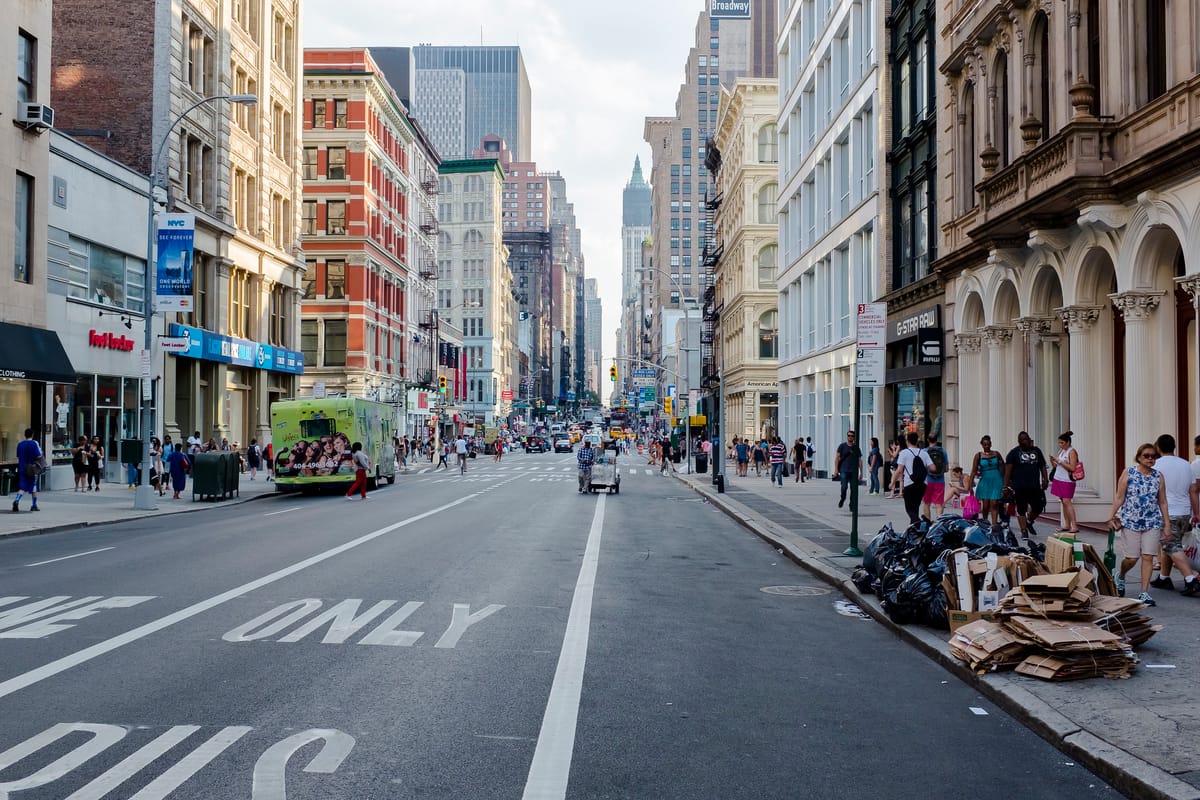
So, you want to walk the length of Manhattan, from the tippity top to the tippity bottom. Maybe you were inspired by the 2019 Broad City episode (people online still refer to this walk as “the Broad City challenge” after all), maybe you were inspired by the scores of TikTok and YouTube girlies who’ve documented themselves making the trek, maybe you just really love walkin’ here.
However the idea got planted in your head, we strongly support it. Besides just being a wholesome way to spend a day, walking the length of Manhattan is a prime opportunity to see the city from a new perspective, and more to the point, to spend some time in neighborhoods you don’t normally get to, or scope out sites that have been on your “I should really get to that list” for years. Once you’ve finished the walk, it’s also a prime opportunity to brag.
And while you don’t need a specific reason to want to walk Manhattan’s glorious 14-ish-mile length, what you do need is a plan: What’s worth bringing on your five-plus-hour sojourn, what you should leave at home, how can you avoid potential injury and illness, is there anything to be done to make the Midtown portion of the schlep minimally unpleasant?
Luckily, Tim, Dave and I are all hot-steppin’ sickos who’ve done this walk for ourselves, and we’ve rounded up best practices based on both expert advice and our own victories and failures. Fall is the prime time to get this walk in before the weather turns cold and inhospitable, so heed our warnings, do a few stretches, and get ready to hit those streets.
Footwear, footwear, footwear
The shoes you choose to wear are the foundation of this entire thing, and no surprise, your best options are going to be running shoes and/or sneakers that have a healthy amount of support. Please don’t overlook the “support” part of this. I wore a comfortable-but-pretty-flat pair of Keds when I did this walk circa 2019, and was fully limping by the end (I also had to take an extended break in Madison Square Park due to a debilitating calf cramp). I’d like to think a little extra arch support would have given me more fortitude.
On the flip side, this is no time for your heavy duty hiking boots, a lesson Tim learned the hard way last year (“I thought it was smart but no, that was wrong,” he said). While these shoes might be your friends in the wilderness, they’re not cut out for the urban jungle, baby.
“Hiking boots are tough on concrete,” said Groove contributor (and frequent long-distance walker) Conal Darcy, who organized a Manhattan tip-to-toe walk for his birthday last year. “I wore my running sneakers that I do half marathons in, so I knew I would feel comfortable walking.”
This is another key point: “Anyone doing this for the first time that’s never walked that kind of distance, break in your shoes first,” Conal said. “Don’t buy a brand new pair of shoes, because if there’s something wrong with them, it adds up because you’re walking so many miles.”
Then again, Dave said to “Please let anyone know I did this in Converse or Vans and I felt fine.”
What else to bring?
A full Manhattan walk is a long and physical day, so it’s a delicate balance of bringing the supplies you need to get you through the journey without packing so much that you weigh yourself down. A few things we think it’d be wise to have on hand:
- Phone charger and portable charger
- Sunscreen
- Refillable water bottle
- Light snacks
- Bandaids for blisters
- Some kind of bandana or sweat rag
The type of bag you’re carrying also matters: Conal recommends a backpack, but a messenger bag, fanny pack or other hands-free option would also work nicely. Whatever you do, don’t destroy your shoulder with a tote.
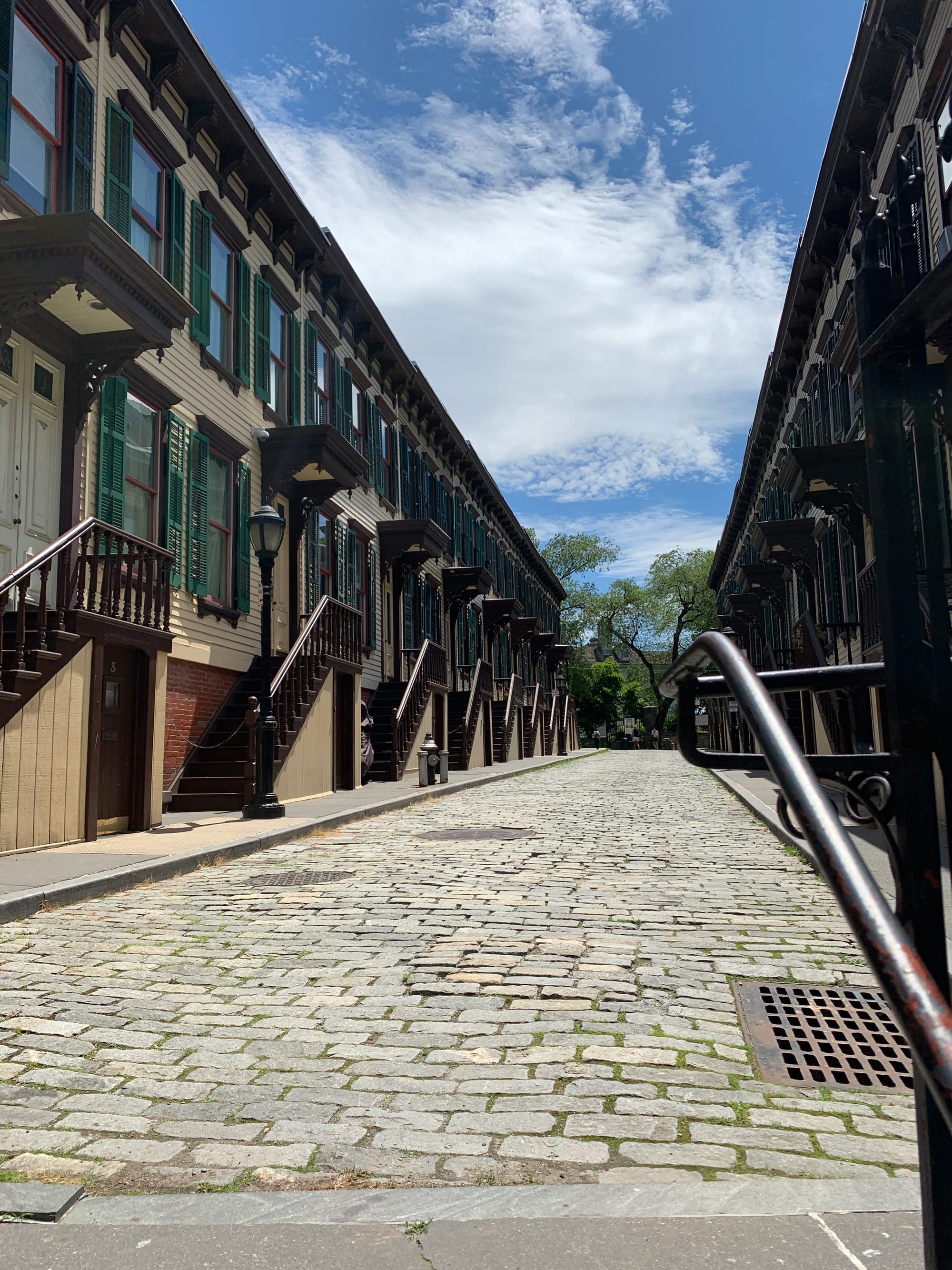
Planning your route — and preparing for Midtown
Typical tip-to-toe walks start in Inwood Hill Park and end at The Battery, but in between those two points, you’ve got innumerable options. For his part, Conal opted to stick to Broadway from top to bottom.
“It’s one of the oldest routes in all of Manhattan; it used to be a trail before colonists came,” he says. “It really does hit pretty much every part of Manhattan, and you can see how dynamic it is and how much it changes.”
You can also plan your route around various sites you might not normally see: The Cloisters and the Morris-Jumel Mansion are two popular stops uptown, while my personal favorite stop is Sylvan Terrace, a tucked-away street of 1880s wooden townhouses in Washington Heights. It is of course well worth routing yourself through as many parks as possible, but particularly Central Park, which helps a cool 50 blocks pass by much more pleasantly.
You can also plan your route around food (the original Broad City route involved stops at both Red Rooster and Russ & Daughters), but whatever your priorities, it’s a good idea to sit down and think about what sites you want to see and roughly what streets you should be taking, with the caveat that leaving room for spontaneity is a good idea too. Don’t be so dogmatic about your route or timing that you can’t, say, accept an invitation into a stranger’s makeshift dining room gallery of his hand-painted portraits of Times Square performers, a thing that happened to me uptown on my own Manhattan walk.
Now, about Times Square, and the problem of Midtown as a whole. As Dave puts it, “You either go through some kind of blank quiet areas on the East Side, 10 million of those full-360-photo things all blasting ‘Empire State of Mind’ in Times Square, or tunnel-adjacent traffic hell by Port Authority.”
There are no great options, and while I’m partial to the West Side (you can bop over to the waterfront if you don’t mind adding a few extra avenues to your walk, or just enjoy the Ninth Avenue of it all), it’s up to you to pick your poison and plan accordingly. Maybe plan one of your food or sustenance stops on the other side of the 40s and 30s to incentivize yourself to keep going?
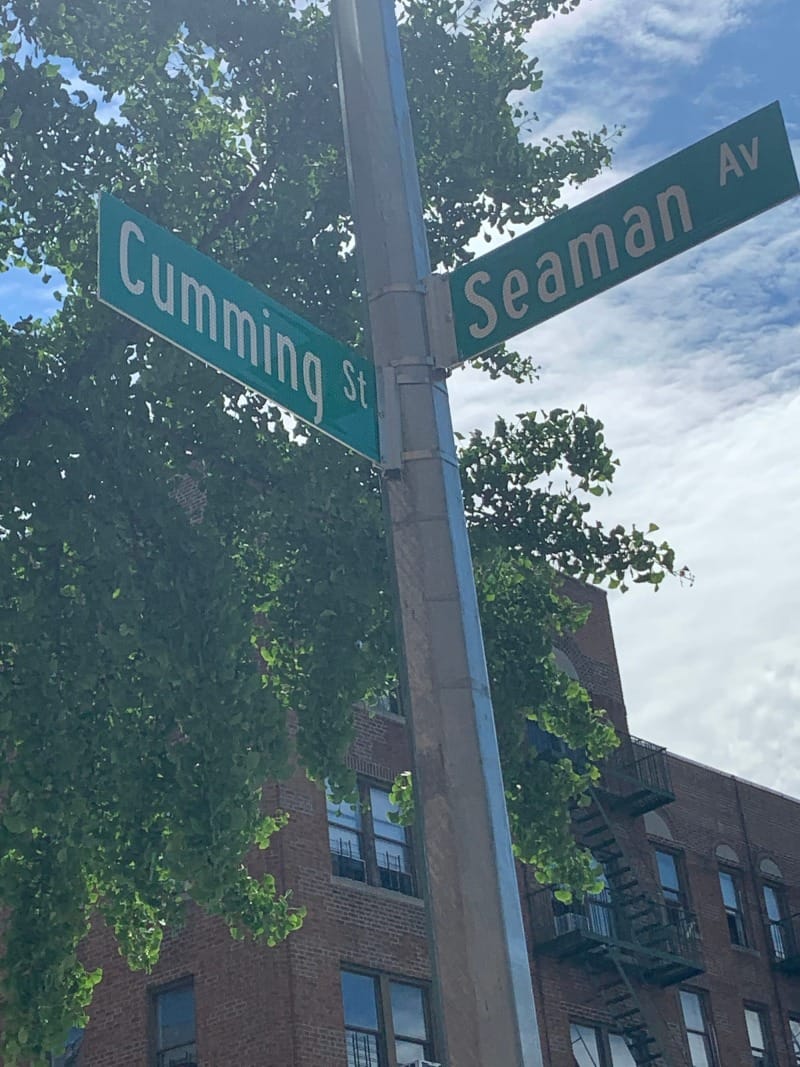
Consider getting on the apps
As with any day out in the city, bathroom access is going to be a consistent issue, and you’d do well to add got2gonyc or the city’s recently-created official public restroom map as a layer on your Google Maps.
You can also deploy an app to minimize your bottled water purchases throughout the day without carrying around a massive gallon jug. “When I was [doing long walks] in Europe, I got into this free app, Mapy.cz,” Conal said. “It has maps from anywhere in the world, and shows public water fountains in New York City.” (Go to the New York City map and plug in a search for “drinking water” and little fountain icons will show up all over the map.)
If you’ve got a preferred map app you like to use for navigation, stuff you want to listen to while you walk, bird- or plant-spotting apps, or anything else you think you’re likely to use along the way, get all that stuff set up and ready to go while you’re still at home on your own reliable wifi.
A full Manhattan walk may be a feat of endurance, but it’s also a pretty exhilarating way to get some fresh insight into the city, whether that’s marveling at its (shockingly varied!) topography, realizing you should probably move to Inwood, appreciating the few pockets of truly old buildings we haven’t bulldozed over yet or just expanding your mental map of good bathrooms and slice shops. Most importantly, you can rest peacefully in the knowledge that no matter what else happens, you will always, forever be cooler than those people who for some reason love to brag about never leaving their own neighborhood.


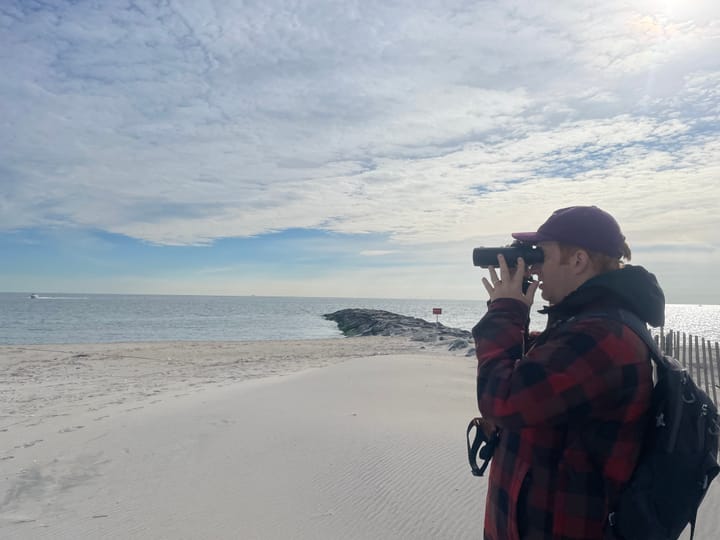
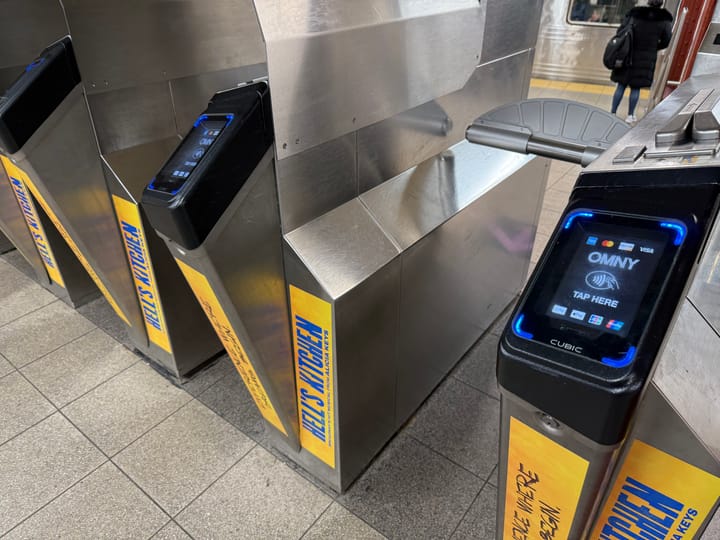
Comments ()